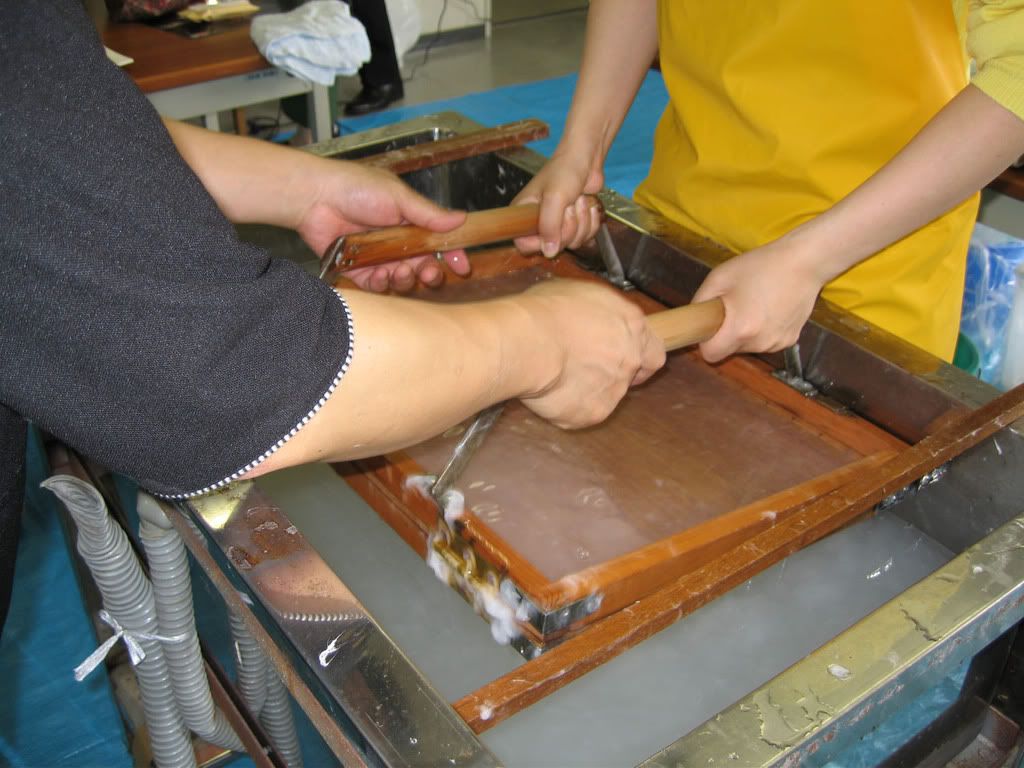
Tocino/ tosino is a sweet cured product that originated in the Philippines. We love to eat tocino with fried rice, egg hence the word Tosilog (tosino, sinangag, itlog).
Here is a recipe for tocino:
TOCINO
INGREDIENTS
| Meat materials: | Household measure | Wt. in grams (1.0 kg) |
Wt. in grams (5.0 kg) |
| Pork (from shoulder or leg or | 1.0 kg | 1.0 kg | 5.0 kg |
| any portion with fat) | |||
| Curing Mix: | |||
| Salt, refined | 1 Tbsp | 12.0 g | 60.0 g |
| Curing salt (94.0% salt, 6.0% nitrite) | ½ tsp | 2.0 g | 10.0 g |
| Phosphate | 1 tsp | 3.0 g | 15.0 g |
| Water (to dissolve phosphate) | ¼ cup | 62.5 g | 312.5 g |
| Seasonings: | |||
| Sugar, refined | 9-12 Tbsp | 90.0 g | 450.0 g |
| Pineapple juice | ½ cup | 34.0 g | 170.0 g |
| Anisado wine | 2 Tbsp | 18.0 g | 90.0 g |
| Garlic, fresh, chopped | 2 Tbsp | 11.0 g | 55.0 g |
| Monosodium glutamate | ¼ tsp | 2.0 g | 10.0 g |
| Food color | as desired | as desired | as desired |


